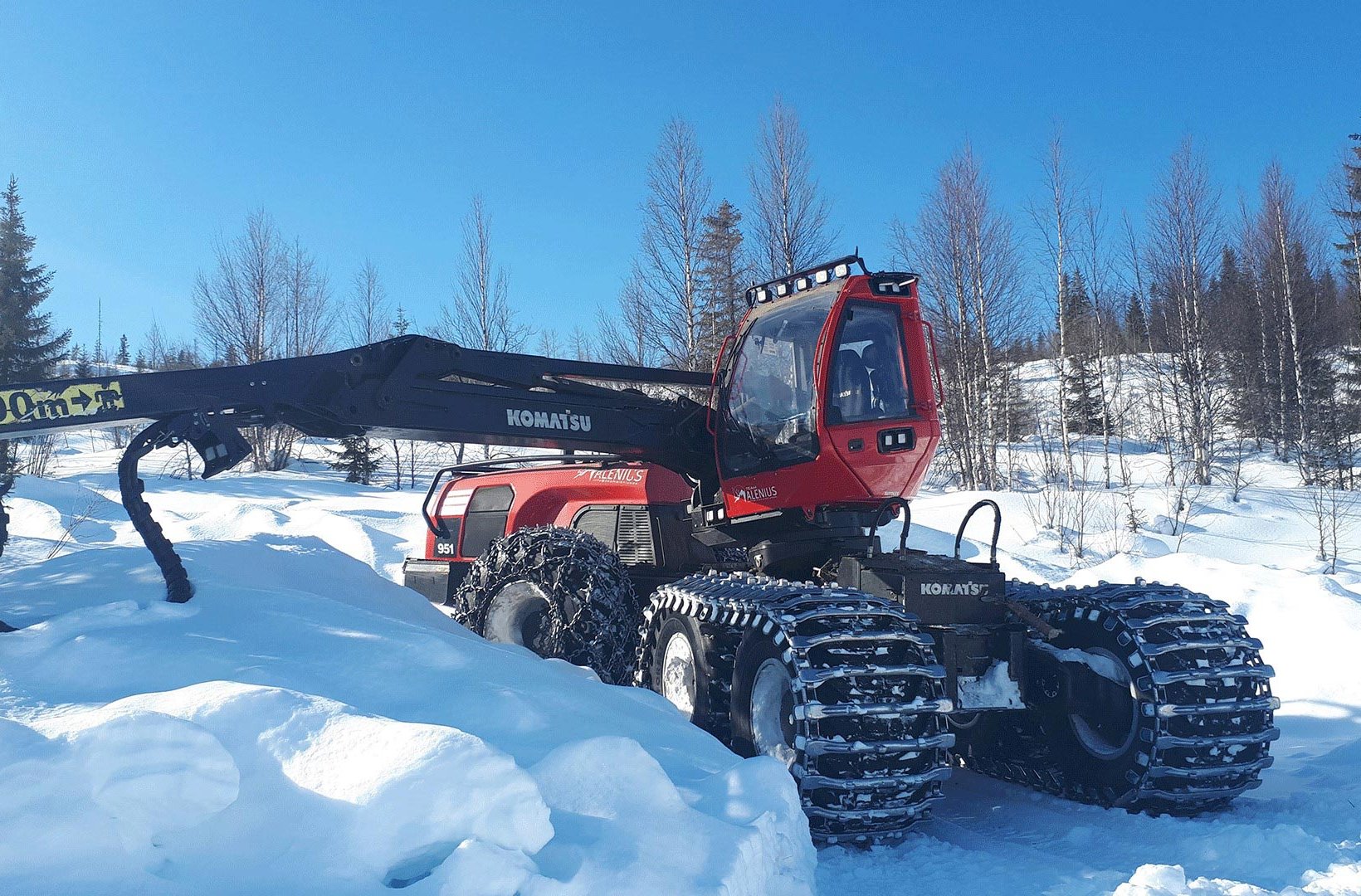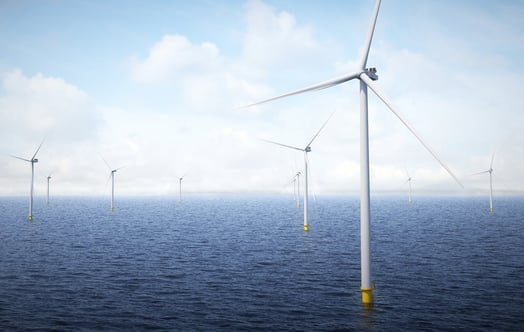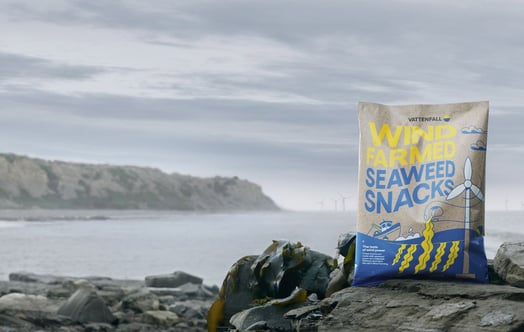A combination of snow, cold weather and reindeer herding means that Vattenfall's largest onshore wind power project, Blakliden-Fäbodberget, is now going into hibernation for the winter.
Construction of Vattenfall's largest onshore wind farm, Blakliden & Fäbodberget in northern Sweden, is now closing down for the winter season. When winter comes, bringing heavy snow and frost, the work is paused. Vattenfall has also agreed with affected Sami villages to break off work for the winter to make things easier for reindeer herding in the area. Construction will be resumed in the spring.
In the midst of the Västerbotten countryside, Vattenfall is currently building its largest-to-date onshore wind farm. The wind farm consists of two adjoining areas, Blakliden in Åsele municipality, with 50 wind turbines, and Fäbodberget in Åsele and Lycksele municipalities, with 34 wind turbines. The areas are situated on either side of the small settlement of Fredrika.
The sites have many advantages: the strong winds, first and foremost, but also good conditions for fulfilling requirements related to the natural and cultural environment and infrastructure. A further advantage is that Vattenfall is already operating the Stor-Rotliden wind farm only some ten kilometres away.
"Västerbotten has extremely good potential for wind power, and the wind power cluster here makes a strong contribution to our target of enabling fossil-free living within one generation. As well as the projects already mentioned, we are continuing to develop Sandselehöjderna in Sorsele and Vargträsk in Lycksele/Åsele, Norrbäck/Pauträsk in Lycksele, and Vilhelmina/Storuman and Stensvattsmarken in Bjurholm, and to operate the Stor-Rotliden and Juktan wind farms in Västerbotten's interior. Together, all these sites form a powerful cluster of renewable energy generation and will be able, if investment decisions are taken, to supply 5 TWh of renewable electricity, which is equivalent to the electricity requirements of around one million Swedish homes," says Daniel Gustafsson, Head of Project Development at BA Wind.
Unique model for local business owners
In the construction process, it is important for Vattenfall to engage to the greatest extent possible with the local economy. Vattenfall has therefore, together with Vindkraftcentrum, launched a supplier database where local and regional business owners can register themselves and their companies to be matchable in connection with our procurements. To give further help to local businesses, information meetings have been organised. In addition, contacts are also mediated between the companies that have won the main contract and local and regional businesses.
The importance of the local workforce cannot be overemphasised, according to Project Manager Maren Andersen:
"Having a database with contact details of local and regional businesses is a big advantage. For one thing, we can procure services over a longer period, but we can also contact companies for shorter, quicker jobs. The major works, such as road construction, casting and erecting the wind turbines, have been outsourced to large contracting companies. What may be available to a local business owner is work such as road maintenance, painting and electrical work, certain types of transportation, cleaning and catering. When it comes to services of this type, we always choose a local company if it has the necessary skills."
To make it even simpler for the local and regional economy to benefit from the employment opportunities generated by a construction project on this scale, Vattenfall in 2018 started a cooperation with Garantia (previously Kreditgarantiföreningen i Norr). This scheme means that Vattenfall allocates a certain sum to Garantia, which can act as a loan financier to local business owners who require small-scale credits. Currently, this type of cooperation is unique for Sweden.
Next year, the 34 foundations at Fäbodberget will be cast and anchored, 55 km of cabling will be laid at Blakliden and part of the anchoring work will be completed for the foundations already cast. In addition to this, construction of the transformer stations will be completed and overhead power lines will reach the site, and the following year, 2021, will see the start of the installation of the turbines.
Facts about Blakliden/Fäbodberget
Total installed capacity: 353 MW
Number of turbines: 84 (50+34)
Turbines: Vestas V136-4.2 MW
Energy generation: Equivalent to 220,000 Swedish households per year
Total height: 180 m (112 m tower, 68 m blade)
Amazing facts
- So far, around 450,000 tonnes of rock have been used for constructing roads and crane sites and for concrete casting.
- This has required around 17,000 transport runs.
- The 50 foundations cast at Blakliden have consumed around 1,000 tonnes of reinforcement, 490 tonnes of rock struts and 308 tonnes of adaptor plates.
- Around 7,600 cubic metres of concrete have been used for the 50 foundations that have been cast.
- 45 of the 50 foundations cast at Blakliden/Granliden are rock-anchored foundations.
- Blasting has taken place an estimated 250 times at both sites combined.
- Around 70 km of roads have been completed.
- Around 32 km of cabling have been laid at both sites combined. This accounts for 30% of the total length of cabling to be laid.
- A maximum of around 150 people have worked simultaneously at both sites combined.
- The preliminary life cycle analysis indicates a very low carbon footprint of around 6 gram CO2/kWh.




